St John's Wort, Hypericum perforatom, is a yellow-flowering, perennial herb characteristic of Europe, which has been introduced in many areas of the world with temperate climates and usually grows as a wild herb that occupies the entire garden. It’s common name, namely St. John's Wort, comes its his traditional flowering and harvesting on St John's Day, June 24.
The herb is extremely costly in ancient times, but was undeservedly rejected over the centuries. Today, St. John's wort’s properties are undeniable. Some scientists call it magical herb that in natural light and energy, it easily flows in the body. Scientists rediscovered St. John's wort in recent years and even proved it to work as well as a number of synthetic chemicals, but without having their side effect.
It is grown commercially in some regions of South Eastern Europe, but it is accused of being a poisonous weed in more than twenty countries, such as many in South America, India, New Zealand, Australia and South Africa.
In pastures, St John's wort acts as both a toxic and invasive weed. St. John's wort has a complex life cycle that includes a mature plant and vegetative cycles and sexual reproduction. It thrives in areas with winter or dominant summer rainfall.
The first information about the use of St. John's wort for medicinal purposes dates back to ancient Greece. This herb is also used by Native Americans as an internal and external anti-inflammatory drug, such as astringent and antiseptic.
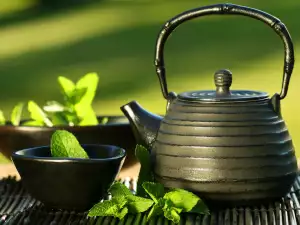
The use of St. John's wort as herbal tea has also long been popular. The flowers and stems have also been used to produce red and yellow dyes.
Composition of St. John's Wort
St. John's Wort contains several ingredients that affect brain metabolism, thus leading to long-term improvement in your mood and overall mental state. These are:
Hypericine - the most important ingredient of the plant is exactly Hypericine. It acts positively on the brain, and thus the psyche. Hypericine affects brain metabolism and plays an important role in the transmission of nerve impulses. Dried, it contains up to 1.5% hypericine and its colors - up to 0.3 percent. The most significant effect of Hypericine is its ability to manage brain neurotransmitters.
Hiperforin - has bactericidal properties and acts as a disinfectant and thus strengthens the capacity for faster healing. This compound is very perishable and under the influence of heat just breaks. This implies hiperforin is used only as fresh cilantro or fresh oil extract.
Flavonoids - yellow St. John's Wort contains a number of specific flavonoids. The leaves contain Quercetin - flavonoids, which act very positively on hormones and break down the hormone of happiness /serotonin/.
Tannins - have many medicinal properties, but most importantly, it increases the heart’s filtration rate, while reinforcing it.
Essential oils - they are contained in large quantities in this healing plant.
Selecting and storing St. John's wort
St. John's wort is a herb that can be found in dry form everywhere. However, the old herbalists say that these are only healing when we raise them ourselves. It blooms all summer, but it's best to be picked on June 24 - Midsummer.
St. John's wort is stored dried, placed in a dry and cool place.
Taking St. John's Wort
Depending on the type of disease, St. John's wort can be taken internally /tea, tincture or powder/ or external /form an oil extract/.
Tea - this is the simplest way to use the beneficial properties of St. John's wort. To make a tea only the dried herb is necessary. Soak 6 teaspoons St. John's Wort in a pint of boiling water. Allow it to stand for about 5 minutes, and the dish must be covered in order to preserve the essential oils.
Tincture - an alcoholic extract of specific parts of the plant. In tinctures, the beneficial forces of St. John's wort are maximally preserved. Tinctures are most recommended for diseases of the gastrointestinal tract.
Powder - Dried powder from St. John's wort has a very high concentration of quercetin, making it a fast and efficient tool for psychiatric complaints. Pollen from this herb is considered to be a very powerful tool for prophylaxis against insidious cancer.
Oil extract - is primarily for external application, it is very valuable in rheumatism, gout and open festering wounds. Extract can be found in pharmacies.
Benefits of St. John's Wort
St. John's wort is today most widely known for its herbal treatment for depression. In some countries, such as Germany, it is commonly prescribed for mild depression. Drugs made from wort are usually in the form of tablets or capsules, and also as a tincture or tea bags.
Extracts of St. John's wort are more effective than placebo in patients with major depression. St. John's wort has comparable efficacy to standard antidepressants. Also the risk of side effects or adverse side effects when taking this herb is two times lower than for newer SSRI antidepressants and five times lower than the older tricyclic antidepressants.
St. John's wort is also used as an extract in the form of drops for ear infections, earaches and tinnitus.
The chemical ingredient hiperforin contained in St. John's wort may be useful for treatment of alcoholism, but the dose, safety and efficacy of this has not yet been studied. Hiperforin is also found to have antibacterial properties associated with negative bacteria.
St. John's wort is generally well tolerated, with its profile of adverse effects was similar to a placebo.
Dangers of St. John's wort
St. John's wort enhances the effect of one and reduces the effect of other drugs, so before combined with medication, it is recommended to consult a doctor. When taking birth control pills, women should be especially careful because it reduces their effect and you may experience unwanted pregnancies.
Though in very rare cases, St. John's wort can cause photosensitivity. It is a visual sensitivity to light and the sun.
People with low blood pressure need to be very careful with taking this herb because it can be counterproductive for them.
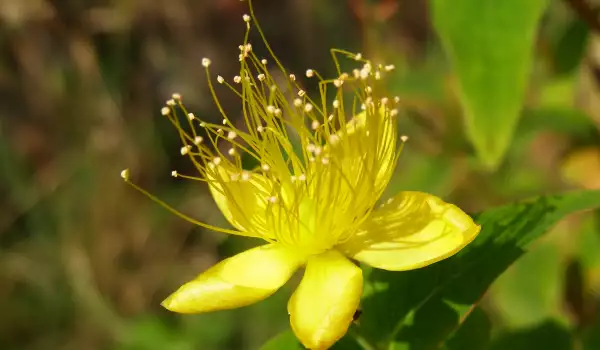
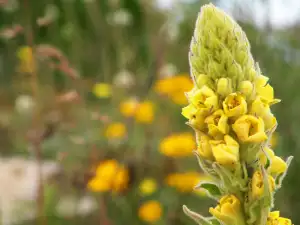
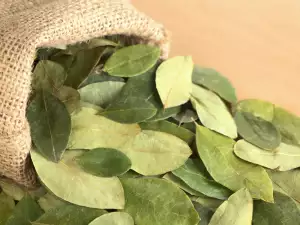
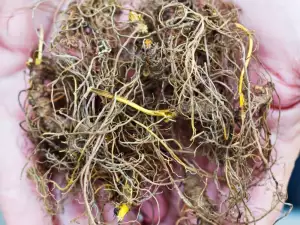

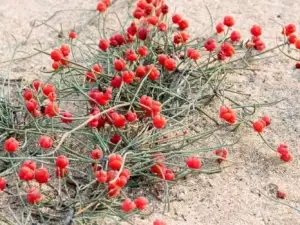
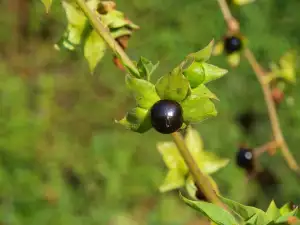



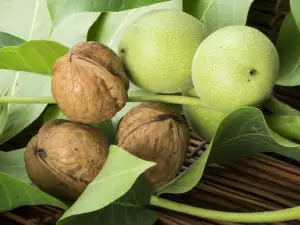

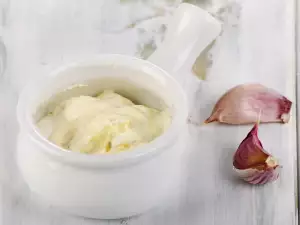
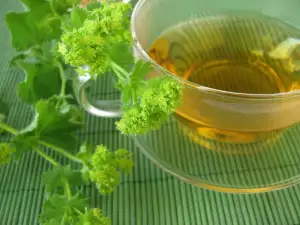
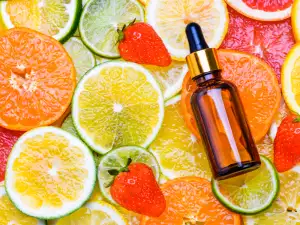
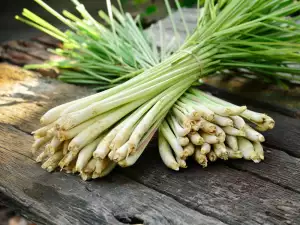




Comments